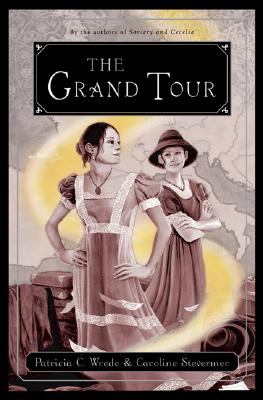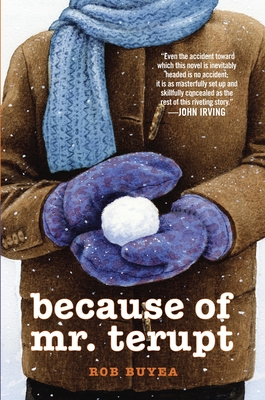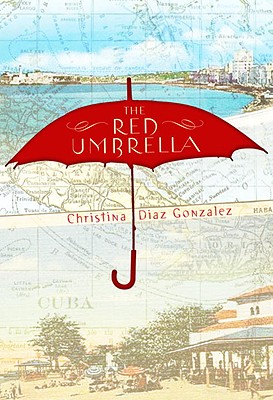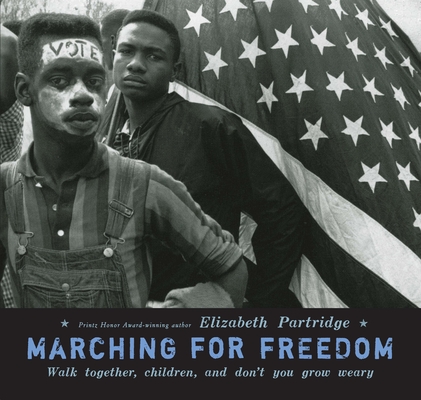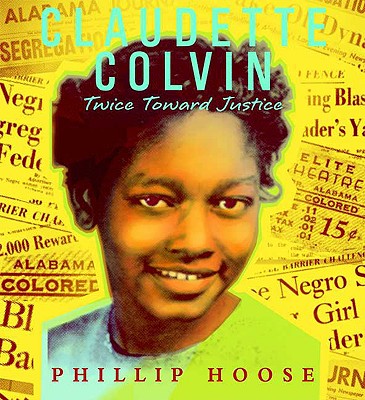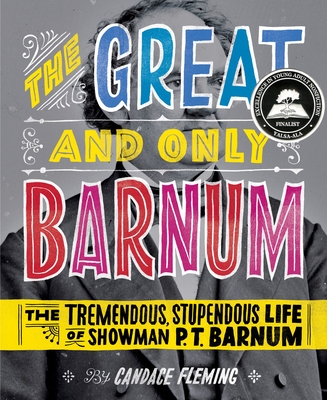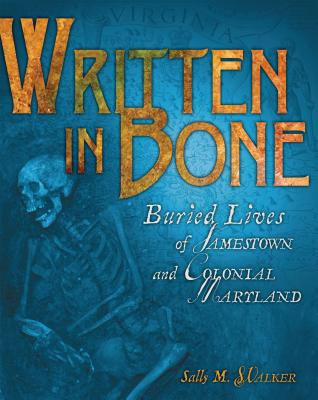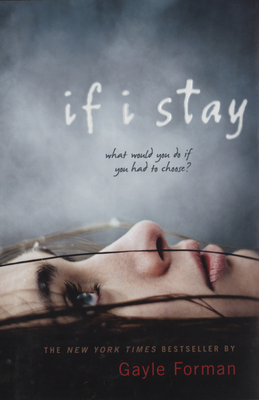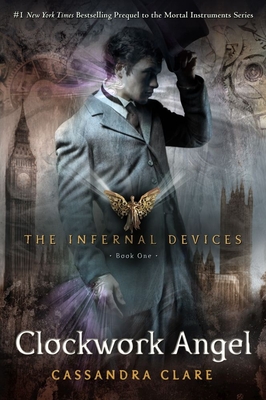
Book talk: After Tessa Gray buries her aunt in America, she sets off for Queen Victoria's England and the only family she has left. But when she steps off the ship instead of her brother, she finds two ladies who introduce themselves as the Dark Sisters. They imprison her and teach her how to use powers she didn't even know she had. Soon she's pulled into the dark world of the Downworlders where she meets creatures she thought only existed in novels. As she dines with angels, attends a vampire party, and runs for her life from clockwork creatures, she can't help but wonder at who she's become and the strange new world she's entered. But as everything she thought she knew is shattered she realizes that come what may, she can never turn back.
Rocks my socks: The novel stars a spunky heroine with a passion for literature who finds surprising strength within her as she encounters vampires and all manner of magical creatures. What's not to love? It even comes complete with a brooding misunderstood romantic interest with a checkered past, which I know I shouldn't enjoy as much as I do, but at least he's only fictional. And isn't indulging in feelings and actions that would be harmful in real life part of what fiction is for? I need my poor romantic choices catharsis to get it out of my system, or at least that's how I justify it to myself. I started this novel Sunday afternoon when I should have been writing a paper for grad school but the power went out so I picked it up to pass the time until the internet came back on. Then the internet came back on and I clearly had to finish the chapter first, and then read just one more, and one more until it was 1am and I had finished the novel but my paper wasn't even started. Curse you Cassandra Clare and your compelling narrative--you've set my whole week back! I couldn't help myself though, the novel was just the perfect balance of world-building and mystery and adventure and romance, each more engrossing than the last.
Rocks in my socks: The author seems to have basically taken every trope that's popular in teen literature and put it in a blender. I fee like this should annoy me, but then again there's a reason why the Victorian era and vampires are so popular and I'd be lying if I said I didn't love them too. The prose isn't particularly inspired and there's not as much meat and philosophical ponderings as I usually like in my novels, but I was far too busy wondering what was going to happen next to care.
Every book its reader: I can see this novel being popular with the ever-growing Twilight set, although it is of far better quality. It has a similar feeling of doomed romance and fantasy with an added dash of adventure and a lead who actually has a personality. I'm not sure I'd call the novel steampunk because it has more of a focus on magic than science, but there are enough similarities that I think fans of steampunk would enjoy it. Really anyone looking for a good urban fantasy adventure/romance will enjoy this. There's nothing terribly explicit in it, but I'd say at least 6th grade and up.
Clockwork Angel by Cassandra Clare
Buy it from your local independent book store or check it out at your local library
